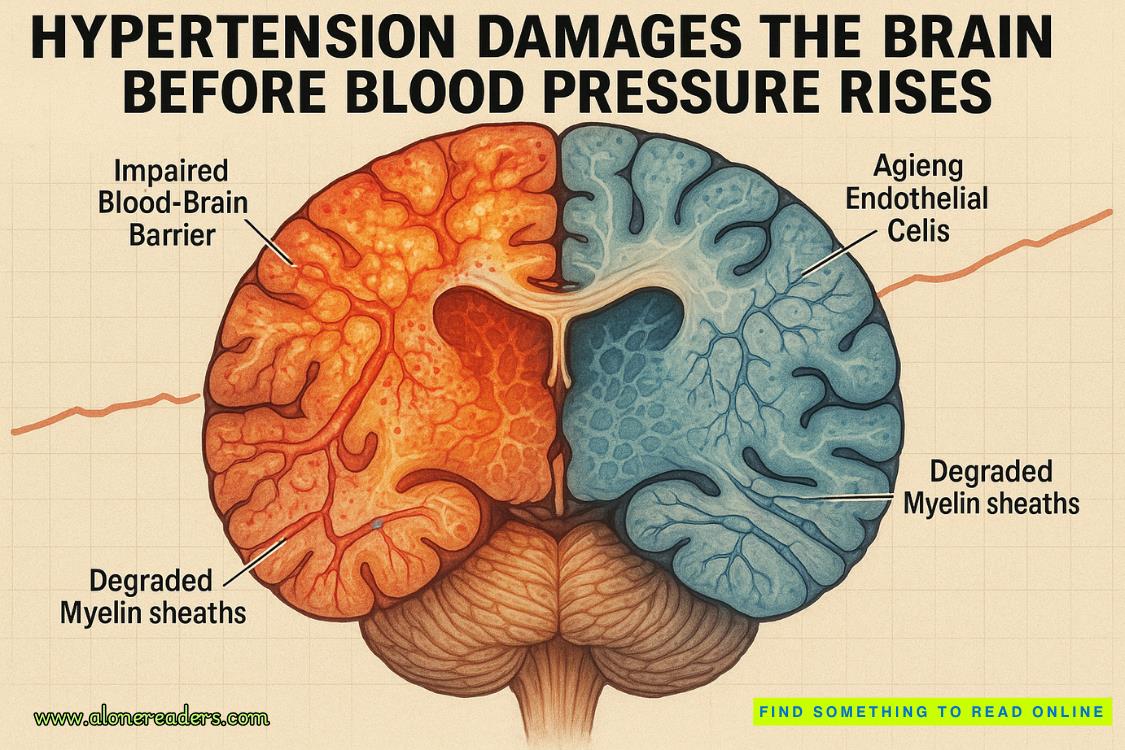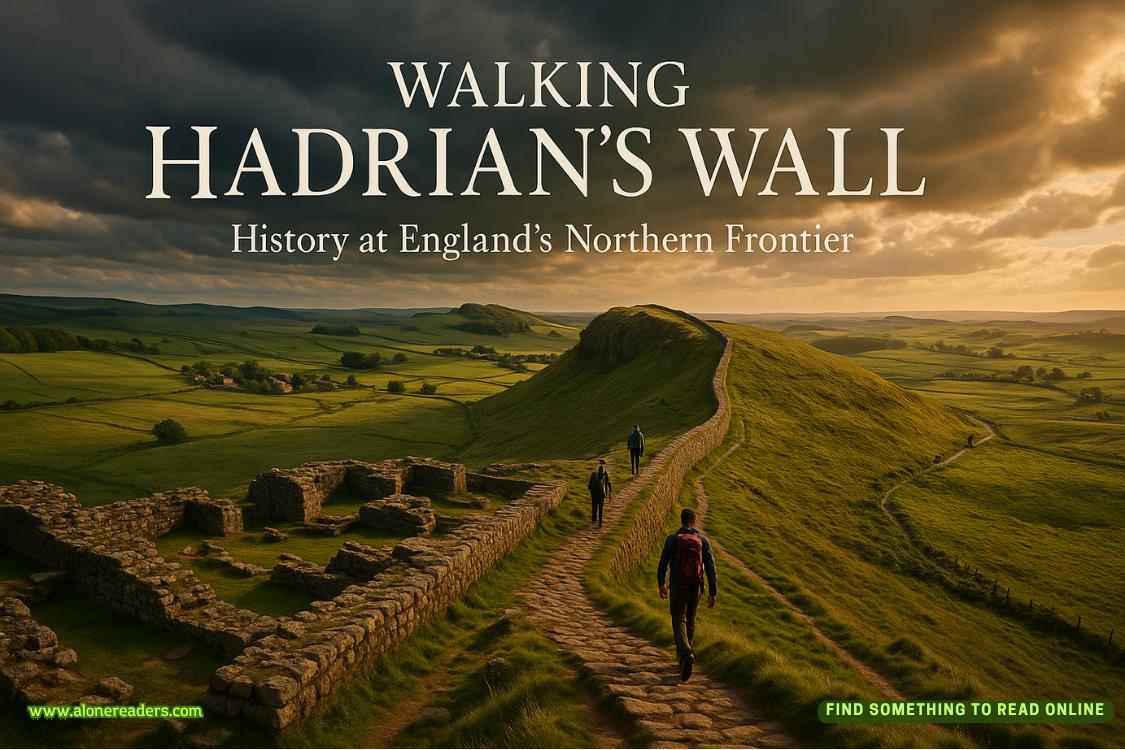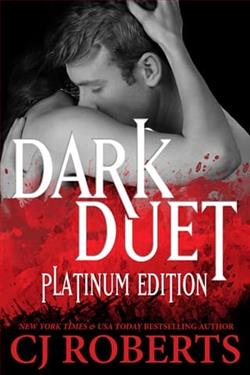Page 12 of Crossroads Magic
There was next to no snow on the road, so I risked a glance ahead, to where she was pointing.
An intersection was just ahead, and on the far side, on the right-hand corner, was the hotel. It stood out because it was taller and bigger than any other building around the intersection.
“Please tell me it has a parking lot,” I begged the air. There was no stop sign at the intersection, but I stopped anyway, and looked both ways. That let me see that the road cutting across this one looked disused. Grass grew over the top of what might once have been asphalt. Maybe. Or perhaps it had been simply gravel. It was hard to tell, because the grass—and moss, I realized—grew all over the top of whatever surface had once been there. Patches of snow dotted the road, but there wasn’t enough of it to bury the grass.
The road stretched southwest and northeast, shaded by the trees towering over it, before curving and disappearing. Nothing moved on it in either direction.
No wonder there was no stop sign.
“There’s a place to park on the other side of the hotel, I think,” Ghaliya said.
“There is?” I drove the car across the intersection, past the front of the hotel, and spotted the turn-in. Ours was the only car on the road, so I didn’t bother indicating. I simply turned the car into the flat area beside the building. There was one other car—which must have been what caught Ghaliya’s attention. It was a very old, faded and rusty truck that looked like it might have rolled off the original Ford assembly line in the 1920s. I wondered if it still ran, or if it was permanently parked here and rusting silently away. There was no snow beneath it, leaving a bald patch of dark brown earth.
I parked parallel with it and turned the engine off. “Well, we’re here.”
We both twisted to look around our seats and through the back window at the tall building behind us.
The side of the building was white rendering of some sort, I thought. But it was not stucco. It didn’t have the knobby surface that stucco usually does. I wondered if it was a type of outdoor plaster. It was white and smooth.
Black timbers cut across and down the outer wall. And they looked like real timber, too. Not the fake embellishments sometimes added to new buildings. These timbers wereold. They looked like they had knots and gouges and splits, the way a very old piece of timberwouldage.
There were windows on three levels. The top level windows looked quite small. All the windows were mullioned, which matched the old-fashioned architecture.
The roof was very steeply pitched, so that it came down lower than the third level windows, creating an upside down “v” from the angle we were looking at. I could see there were several pitches to the roof—lots of planes and angles. Re-shingling the building would be a bitch of a job. And super-expensive.
On the ground floor, in the middle of the long wall, there was a door. Black timber, with frosty glass panes at the top, that only a very tall man would be able to see through.
Three wooden steps led up to the door, with a flat, small deck in front of it. Wood railings on either side would help anyone who’d had too much to drink navigate the steps. A light, made to look like an old lamp, would illuminate the steps at night.
And over the top of the door, carved into a thick, long piece of timber, was the legend:Haigton Inn.
“Guess that’s an entrance,” Ghaliya said.
I unbuckled my seat belt and reached for my bag. “I think I’d rather go through the front entrance, and avoid the bar.”
“You don’t know that door goes straight into the bar,” Ghaliya replied, reaching for her backpack.
“It’s a good guess,” I told her. “We’re not here to drink, so we’ll use the front door. Coming?”
“Coming!” Ghaliya sang as we got out of the car.
She actually sounded eager and for a moment, I envied her. With a sigh, I looked up at the building, drew my cotton jacket in around me and shivered.
Chapter Four
We walked around the corner of the building and along the front of it, and I turned my head to study it properly.
A lot more white walls and a lot more black timbers sectioned the wall. Just ahead, I could see a section of the building jutted ahead of the rest by a few feet. The front door would be in there, I guessed. And the other side would be the same as this one. White walls, black timbers, a roof that came down to just above the second-floor windows. All the ground floor windows were big, with mullions. I couldn’t see anything through the windows we passed, though.
The second floor jutted over the top of the first floor by a foot or so, and more black timbers edged the projection.
About six feet of concrete joined the building to the footpath we were on. The footpath was concrete, too, and wasn’t terribly wide.
We reached the center section and yes, there were big, double doors there, painted black. One side was propped open with an old iron—one of the antique ones that women had once slipped hot bricks into to iron their husbands’ white, billowy shirts.
Hanging over the door was a black iron frame. A sign hung off it announcing that this was the Haigton Inn. Above the name was a painting of a woman in Colonial costume, standing in the middle of a road, her hands on her hips.
My heart began to race, again. It had been doing way too much of that since the phone call summoning us here. And I had been doing way too much controlled breathing.















